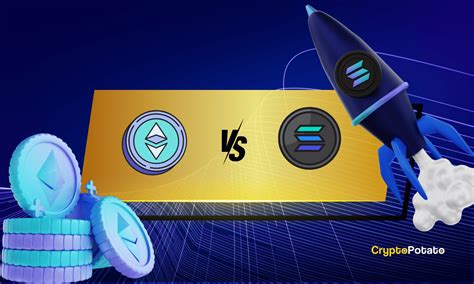The Uncertain Relationship Between Ethereum and Bitcoin Prices: A Study of 51% Attacks and GPU Investments
As cryptocurrency enthusiasts, we are always looking for ways to diversify our investments and reduce risk. Recently, the concept of a “51% attack” has attracted a lot of interest in the community, especially when it comes to graphics card prices. In this article, we will delve into the relationship between Ethereum and Bitcoin prices and investigate whether there is a correlation between the two cryptocurrencies and their graphics card prices.
The Threat of a 51% Attack
In 2016, a group of hackers launched a 51% attack against the DAO (Decentralized Autonomous Organization) smart contract, resulting in significant losses for investors. This event highlighted the potential vulnerabilities of blockchain networks to attacks that could manipulate the total supply of a cryptocurrency or control a majority of the nodes on the network.
To mitigate these risks, some cryptocurrencies have introduced mechanisms such as staking and proof-of-stake (PoS). However, this has led to an increase in the price of graphics cards as investors look for alternatives to reduce risk.
Ethereum vs. Bitcoin Prices: Correlation?
When looking at the relationship between Ethereum and Bitcoin prices, it is important to consider current market trends. The price of a cryptocurrency is influenced by several factors, including supply and demand, technological developments, regulatory changes, and investor sentiment.
While there is no direct correlation between Ethereum and Bitcoin prices, their prices have been influenced by similar factors:
- Ethereum Gas Prices: As the Ethereum network expands, the computing power required to process transactions also increases. This increased energy consumption has led to an increase in the price of gas, which can affect the overall price of cryptocurrencies.
- Bitcoin Mining Difficulty
: The difficulty level of Bitcoin mining affects the rate at which new blocks are created. Increasing difficulty makes it harder for miners to solve complex mathematical problems, leading to higher transaction fees and a potential decline in the value of certain cryptocurrencies.
Graphics Card Prices: A Key Risk Factor
Graphics card prices are another major risk factor that can affect the cryptocurrency market. When demand for graphics cards increases, especially during gaming seasons or when gamers need to upgrade their hardware, prices tend to skyrocket.
In this context, the correlation between Ethereum and Bitcoin prices is more complex:
- Bitcoin Price Trend: Historically, Bitcoin has been a stable store of value, with its price often unaffected by graphics card prices.
- Ethereum Price Movement: Ethereum’s price can be affected by a number of factors, including the adoption rate of its smart contract platforms (e.g. Ethereum 2.0), regulatory changes, and market sentiment.
51% Attack Threats: A New Player in the Crypto Market?

Recently, graphics cards have emerged as new players in the cryptocurrency market, especially in terms of their potential impact on 51% attack risks. With the rise of decentralized gaming platforms (e.g. Decentraland), the demand for high-performance graphics processing units (GPUs) has increased.
As investors look to diversify their portfolios and reduce risk, graphics card prices may become more attractive alternatives to traditional cryptocurrencies such as Bitcoin. However, it is important to note that graphics cards are not a guaranteed hedge against cryptocurrency market volatility or 51% attacks.
Conclusion
The relationship between Ethereum and Bitcoin prices is complex, with many factors influencing their movements.
